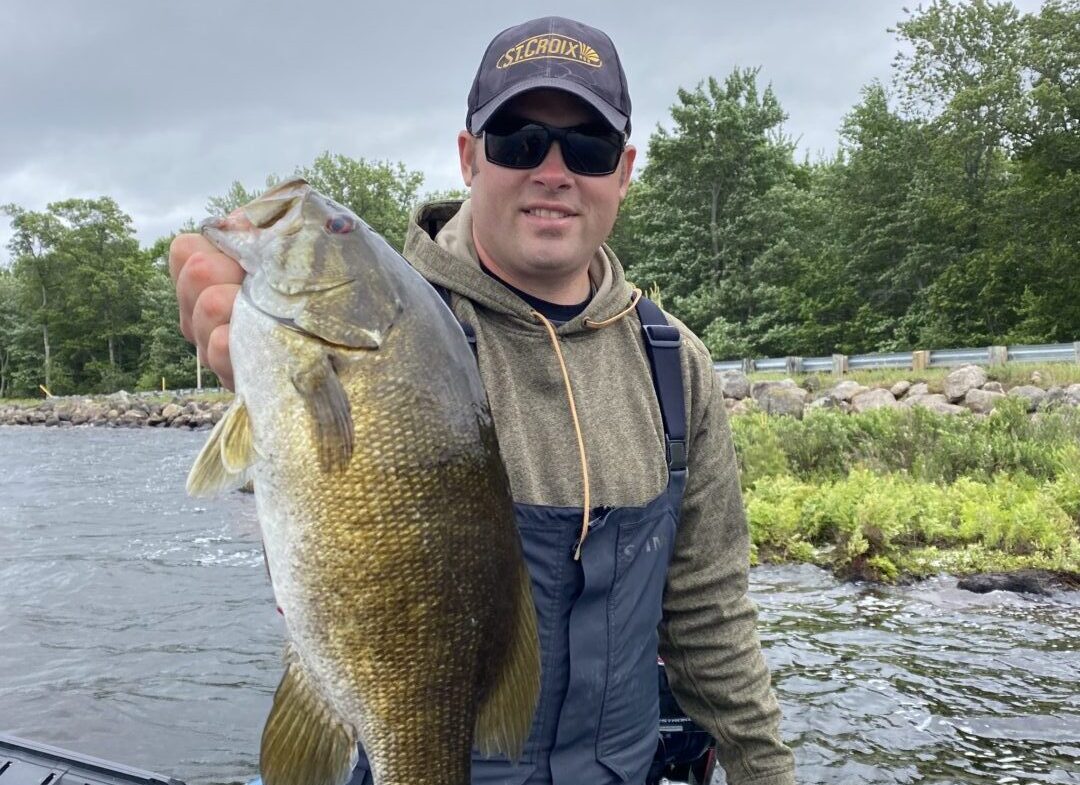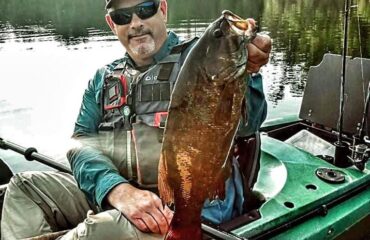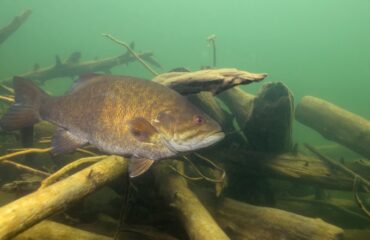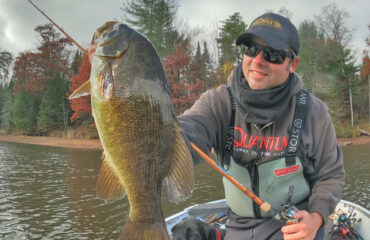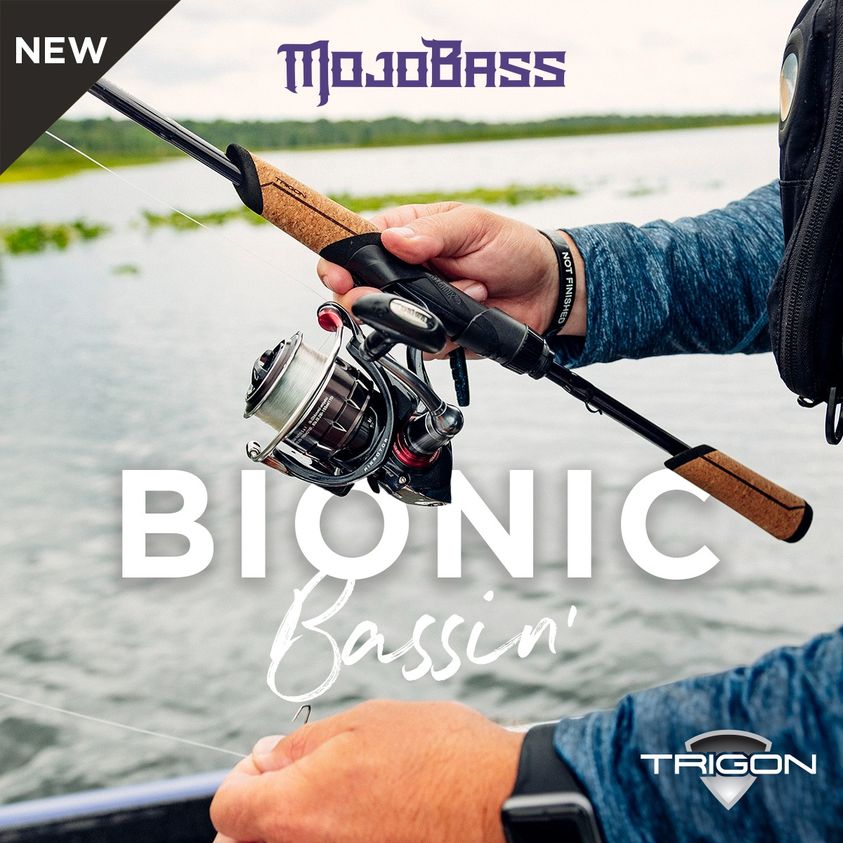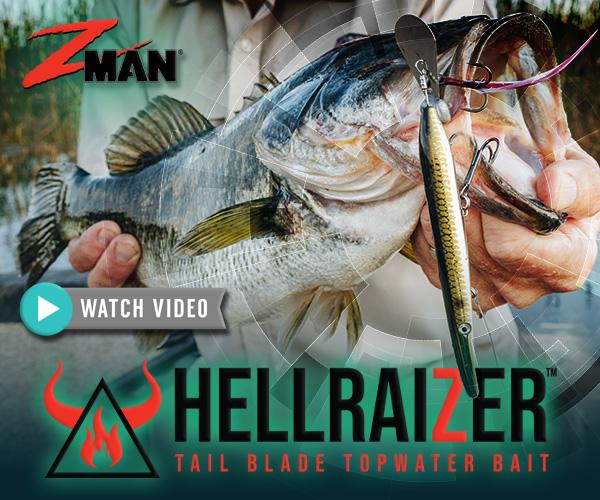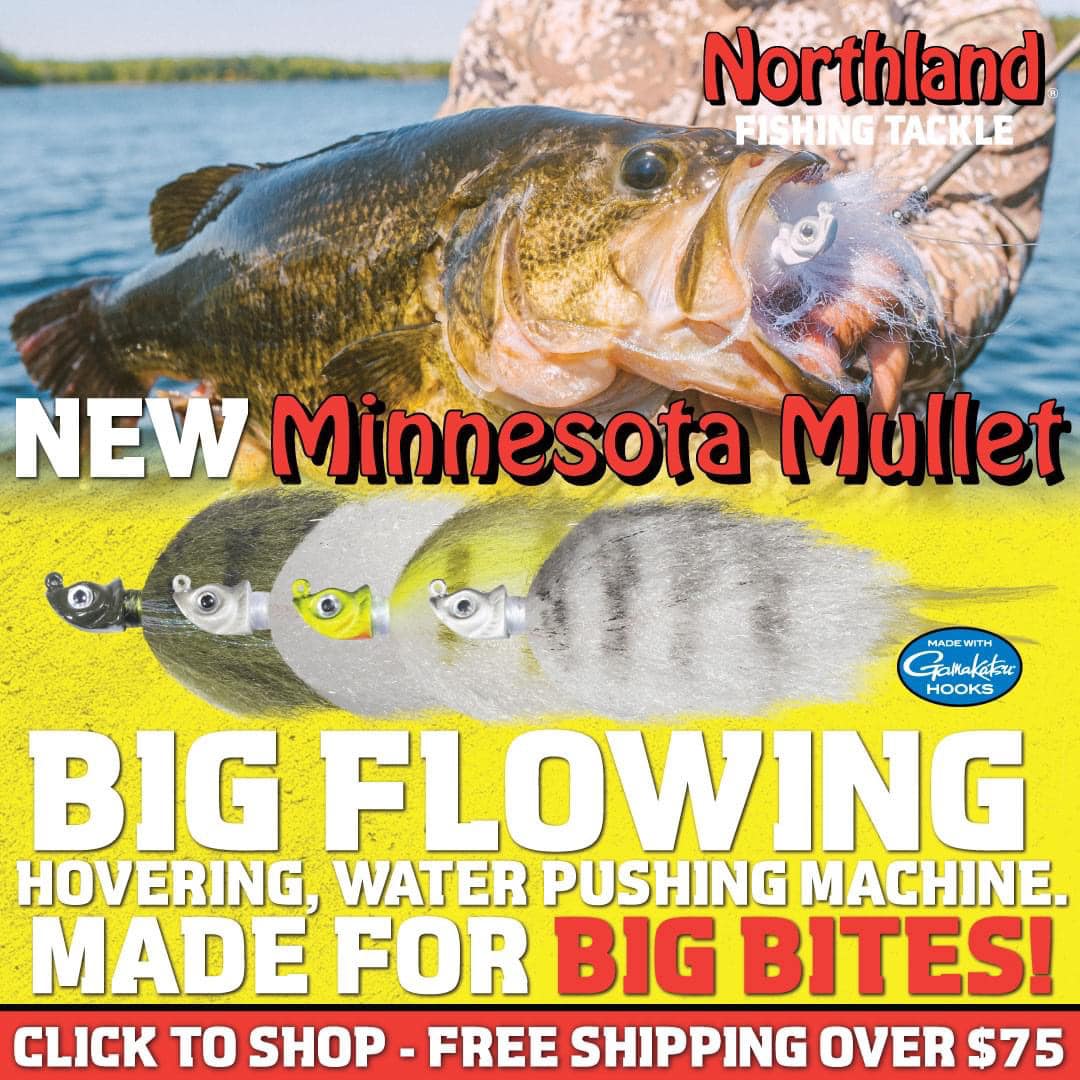Rip Rap Smallmouth
I tied on a red craw squarebill crankbait for my customer fishing at the bow, directing him to cast it parallel with and tight to the bank, and to watch for the shoreline’s rock protrusions displaying on side-imaging.
“Whatever fish we might run into here will be hanging out within 2 to 10 feet from the edge,” I said.
“Let it rip, feel out the underwater terrain, and don’t be afraid to break some lips,” I instructed.
Within a few casts later, my angler captured his new personal best smallmouth, a 20-incher.
Not every rip-rap shoreline contains 20-inch smallmouth, but these areas have the potential to hold quality specimens at any time, depending on water levels and time of year. From ice-out to early fall, assuming the reservoir’s water levels are at full pool, the rip-rap pattern is a reliable, good bet for smallmouth feedback.
Across these man-made fisheries, rip-rap shorelines could contain the best rock structure available while the entire bottom terrain is flat and featureless, unconducive to attracting smallmouths.
Wisconsin’s reservoirs personify low-land, flat lands. They are man-made low-land floodplains utilized for water re


